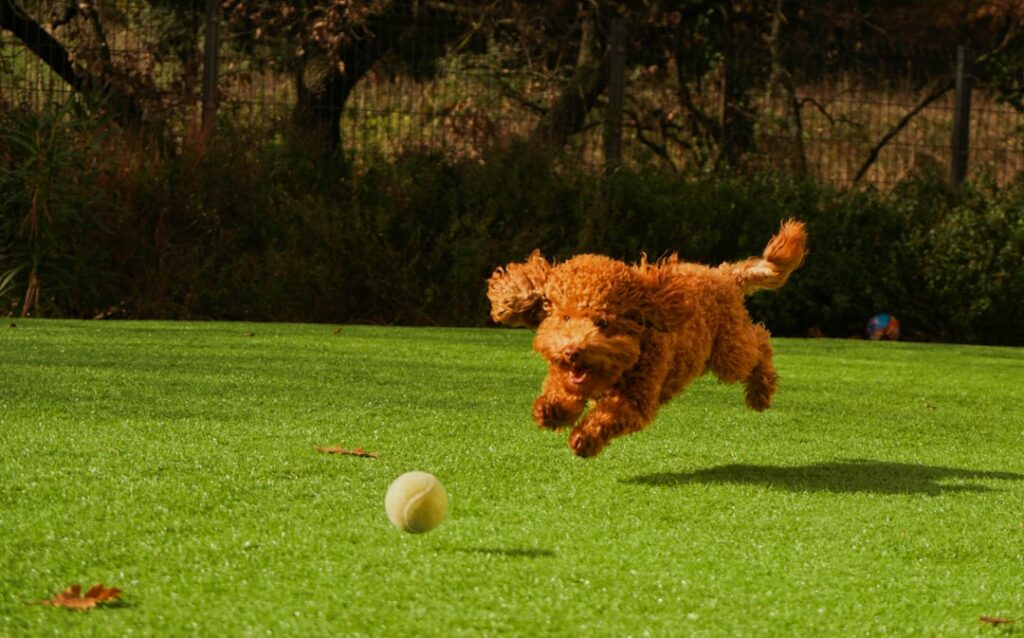Creating a safe bond between dogs and children is essential for a harmonious household. The good news? With proper training and guidance, dogs and children can develop beautiful, lasting relationships that enrich both their lives. Whether you’re a parent introducing a new dog to your family or a dog owner expecting a child, this comprehensive guide will walk you through proven strategies for fostering safe interactions. From teaching basic commands to understanding canine body language, we’ll cover everything you need to know about: • Essential supervision guidelines for different age groups • Positive reinforcement techniques that work • Step-by-step training methods for both dogs and children • Creating safe spaces and establishing boundaries Ready to build a strong foundation for lifelong friendships between your furry friend and little ones? Let’s dive into expert-approved techniques that ensure everyone’s safety and happiness.
Creating Safe Zones and Boundaries
Setting Up Dog-Free Areas
Creating designated dog-free areas in your home is essential for maintaining a safe zone between children and pets. Start by identifying spaces where children need privacy and security, like their bedrooms or play areas. Use baby gates or closed doors to establish clear boundaries that both dogs and children can understand.
Make these areas comfortable and engaging for children so they don’t feel restricted. Explain to kids why certain spaces are off-limits to dogs, helping them understand the importance of personal space and boundaries. This separation helps prevent unwanted interactions and reduces stress for both parties.
Establishing Quiet Retreats for Dogs
Just as children need their space, understanding your dog’s need for a peaceful retreat is crucial. Create a comfortable safe zone where your dog can relax without interruption. This could be a crate, a corner with their bed, or a specific room where children know not to disturb them.
Place the retreat at a safe distance from high-traffic areas to ensure your dog has genuine quiet time. Equip the space with comfort items like favorite toys and blankets. Train children to respect this area and recognize when the dog needs alone time.
Remember to make the retreat accessible yet separate from main living areas. This balance allows your dog to remain part of family activities while having the option to withdraw when feeling overwhelmed. Regular positive reinforcement helps establish these boundaries naturally.
Age-Appropriate Interaction Guidelines
Guidelines for Toddlers (Ages 2-4)
For the youngest child in this age group, supervision is absolutely crucial. A young child at this stage is naturally curious but lacks the understanding of proper pet interaction. Always maintain direct physical contact with toddlers during dog interactions.
Teach simple rules like gentle petting and avoiding the dog’s face. Use phrases like “soft hands” and demonstrate proper touching techniques. Never allow a younger child to approach the dog while it’s eating, sleeping, or playing with toys.
Create structured interaction times lasting no more than 5-10 minutes to prevent overwhelming both the dog and child. Always reward both the toddler and dog for calm, appropriate behavior.
Rules for School-Age Children (Ages 5-12)
An older child can begin learning more complex interaction rules. Teach them to read basic dog body language and respect the dog’s personal space. School-age children should understand that dogs need quiet time and shouldn’t be disturbed when in their safe spaces.
Involve children in basic training exercises under supervision. They can help with simple commands and reward-giving, which builds a positive relationship. Establish clear boundaries about when and how to approach the dog.
Teen Interaction Guidelines
Teenagers can take on more responsibility in dog care and interaction. They should understand all aspects of safe handling and be able to recognize signs of stress in dogs. Teach them the importance of consistent rules and positive reinforcement techniques.
Teens can participate in structured activities like supervised training sessions or gentle play. However, remind them that despite their age, they should still follow basic safety protocols and never leave younger siblings unsupervised with the dog.
Managing Special Situations
Handling Multiple Children
When multiple children are present, dogs can have a difficult time focusing and staying calm. Create a structured environment by having children take turns interacting with the dog. Establish clear rules like having only one child approach the dog at a time while others wait their turn. This prevents overwhelming the dog and helps maintain control of the situation.
Dealing with Fearful Dogs
A nervous type of dog requires extra patience and understanding. Start with very brief, controlled interactions from a distance. Let the fearful dog observe children’s activities from their safe space. Gradually decrease the distance as the dog shows signs of comfort. Never force interactions – let the fearful dog set the pace and retreat when needed.
Managing High-Energy Dogs
High-energy dogs need proper outlet channels before interacting with children. Schedule exercise sessions before planned interactions to help burn excess energy. Teach the dog to respond to a different person’s commands, not just the primary owner. Implement the “settle” command to help energetic dogs calm down when excitement levels rise too high during playtime with children.
Looking for professional dog training in Columbus? At Off Leash K9 Training in Columbus, we specialize in transforming dogs into well-mannered, obedient companions—on and off the leash. Our programs are tailored to your dog’s unique personality and training needs. Whether you’re struggling with reactivity, recall, leash pulling, or just want better behavior around the house, we’ve got you covered.
We believe every dog can be trained, and we’ll guide you step-by-step through the process with proven methods that deliver real, lasting results. Call us today at 740-400-0236 to begin your dog’s transformation.




